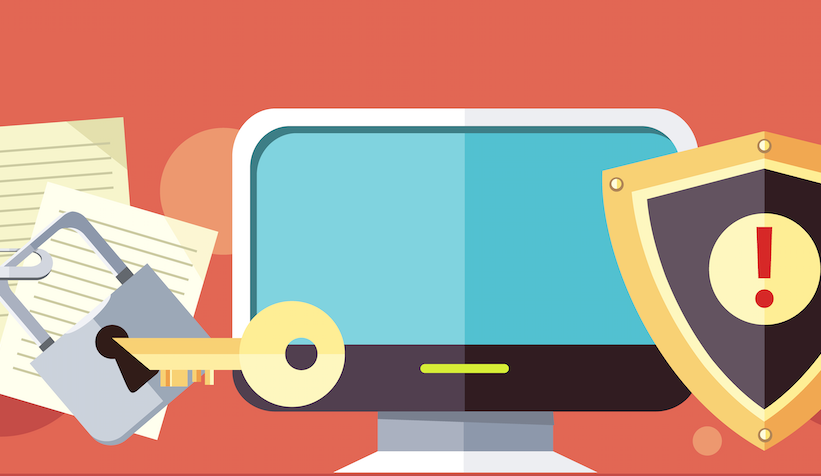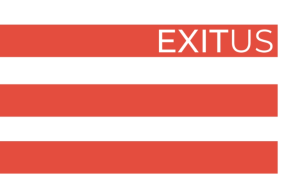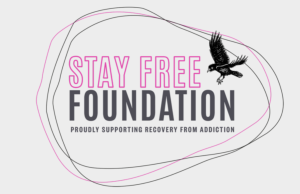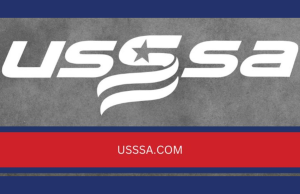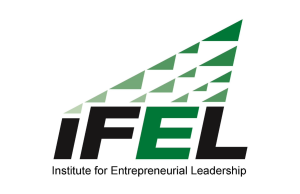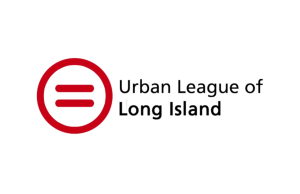It used to be called plagiarism but now it is considered theft. Nonprofits need to ensure what they put out in newsletters and on website is original material. Leaders must also ensure that original material is not being swiped by others.
As Peri H. Pakroo points out in her book “Starting and Building a Nonprofit,” that publication can often lead to problems with copyright or intellectual property. Obtaining permission to use someone else’s copyrighted content is known as getting a license.
According to Pakroo, the following are worth considering with regard to copyright:
- Look up existing information about copyright and licensing.
- Know what copyright protects. This includes traditional work such a book, song, painting/drawing, poem or photograph. It has been expanded more recently to include original work such as computer graphics, Web design, multimedia works, music, sculpture and architecture.
- Ownership and works for hire. The general rule is that the person who creates content owns the copyright. But, “works for hire” are owned by the hiring party, not the creator.
- Rules for employees. Having content created by an employee is the most straightforward way to ensure the nonprofit owns the copyright.
- Rules for contractors. Without a written work-for-hire agreement, the contractor owns the copyright.
- Rules for volunteers. In general, copyright law doesn’t cover this area, so that a written agreement before any work is done might be the best idea.

